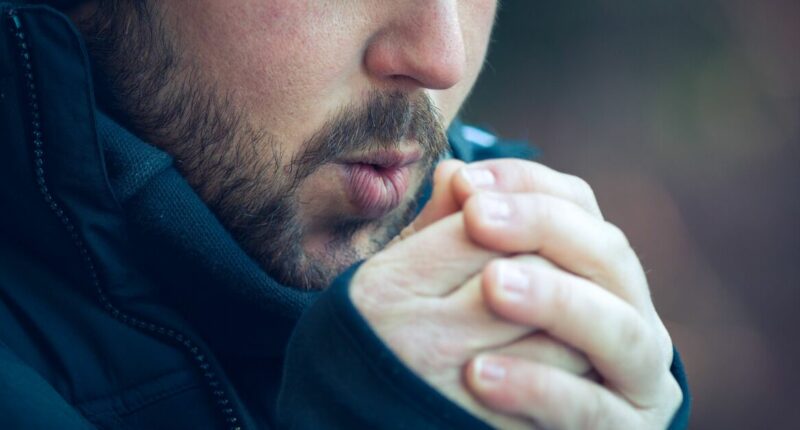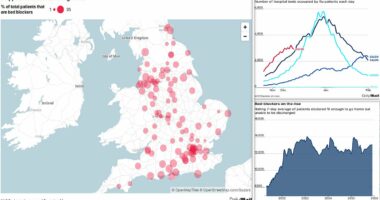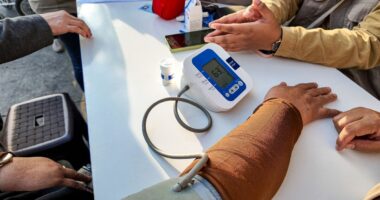Share this @internewscast.com
A medical professional is issuing a caution to individuals who experience color changes in their hands and feet during cold weather, as this may indicate a significant health issue. The doctor also highlights other symptoms that warrant attention.
This condition, identified as Raynaud’s, can lead to numbness and cold sensations in body parts such as fingers and toes when subjected to cold environments or stress. Dr. O’Donovan, who possesses a medical degree (MBBS), a master’s in Ageing and Health (MRes), and a PhD (DPhil) in Digital Education, shares insights with his 496,000 YouTube subscribers.
In a particular video, he detailed the signs of Raynaud’s and advised on when to seek medical help. He stated, “In Raynaud’s disease, the smaller arteries that deliver blood to the skin constrict in reaction to triggers like cold weather. This reduces blood flow to the affected areas, known as vasospasm, which leads to Raynaud’s symptoms.”
He added, “Over time, these small arteries may thicken slightly, further restricting blood flow.”
Discussing the warning signs, he noted, “The initial indication you might observe is a change in skin color to white or blue, depending on your skin tone. These shifts might be more or less visible. You could also notice particularly cold fingers or toes or experience changes in sensation, such as numbness, a prickly feeling, or stinging pain.”
“These colour changes may be harder or easier to see, you may also notice that you’ve got particularly cold fingers or toes or you might notice other changes in the sensation of your hands or feet so things like a numb, prickly feeling or stinging pain.
“Now when the skin warms and blood flow improves the affected areas may change colour again they may throb tingle or swell. Whilst it most commonly affects fingers and toes it can actually affect other areas of the body so things like the nose the lips and ears. Now even after you’ve warmed up it can take up to 15 minutes for blood flow to return to the area.”
The doctor explained that specialists “don’t fully understand” what triggers Raynaud’s episodes, though “blood vessels in the hands and feet appear to react too strongly to cold temperatures or stress.” He noted that chilly conditions are typically the “most likely” trigger for an attack, using examples like putting hands in cold water, taking something from a freezer or being in cold air. He claimed that, for some people, emotional stress can also trigger an episode.
Dr O’Donovan advised: “You should see your doctor if you have symptoms of Raynaud’s that are very bad or getting worse, the Raynaud’s is affecting your daily life, your symptoms are only on one side of the body, you also have joint pains, skin rashes or muscle weaknesses.”
The GP also recommends consulting a doctor if “you’re over 30 years old and get symptoms of Raynaud’s for the first time, or your child is under 12 years old and has symptoms of Raynaud’s.”












